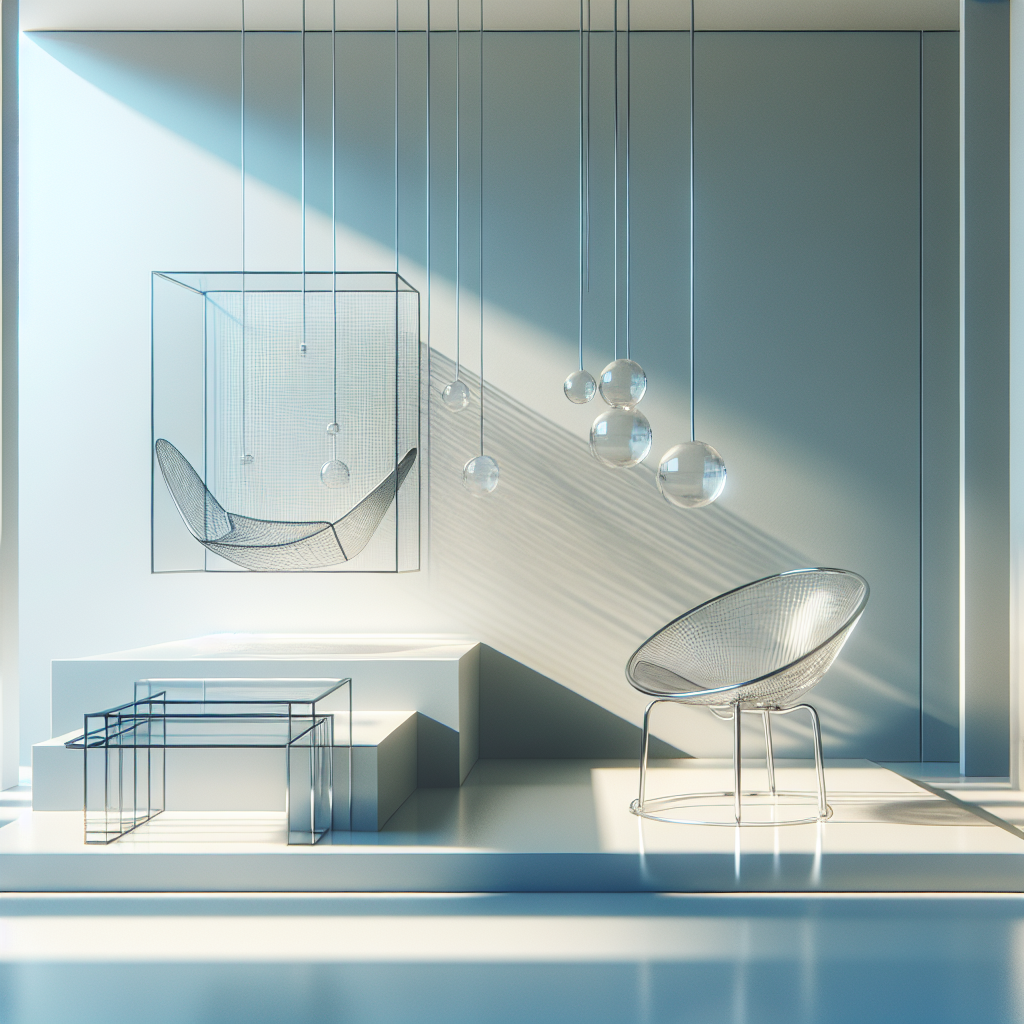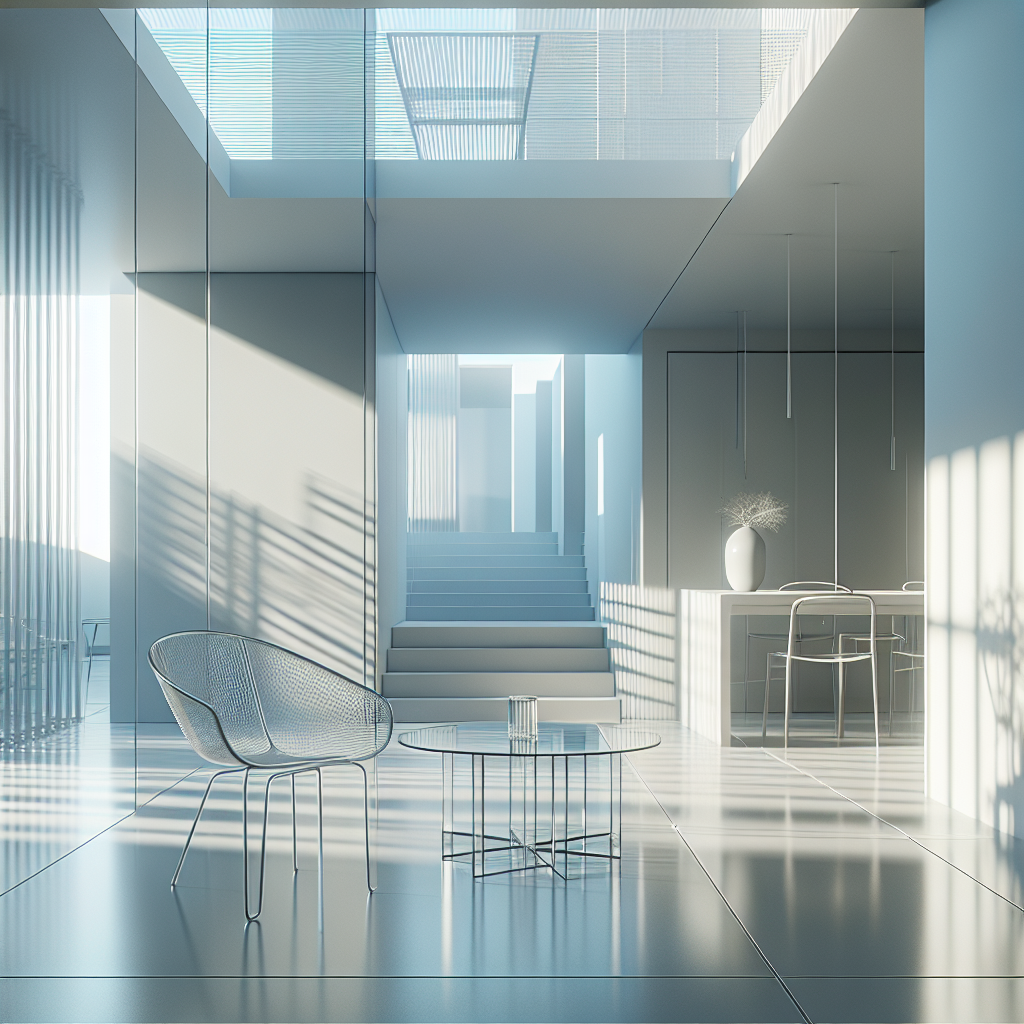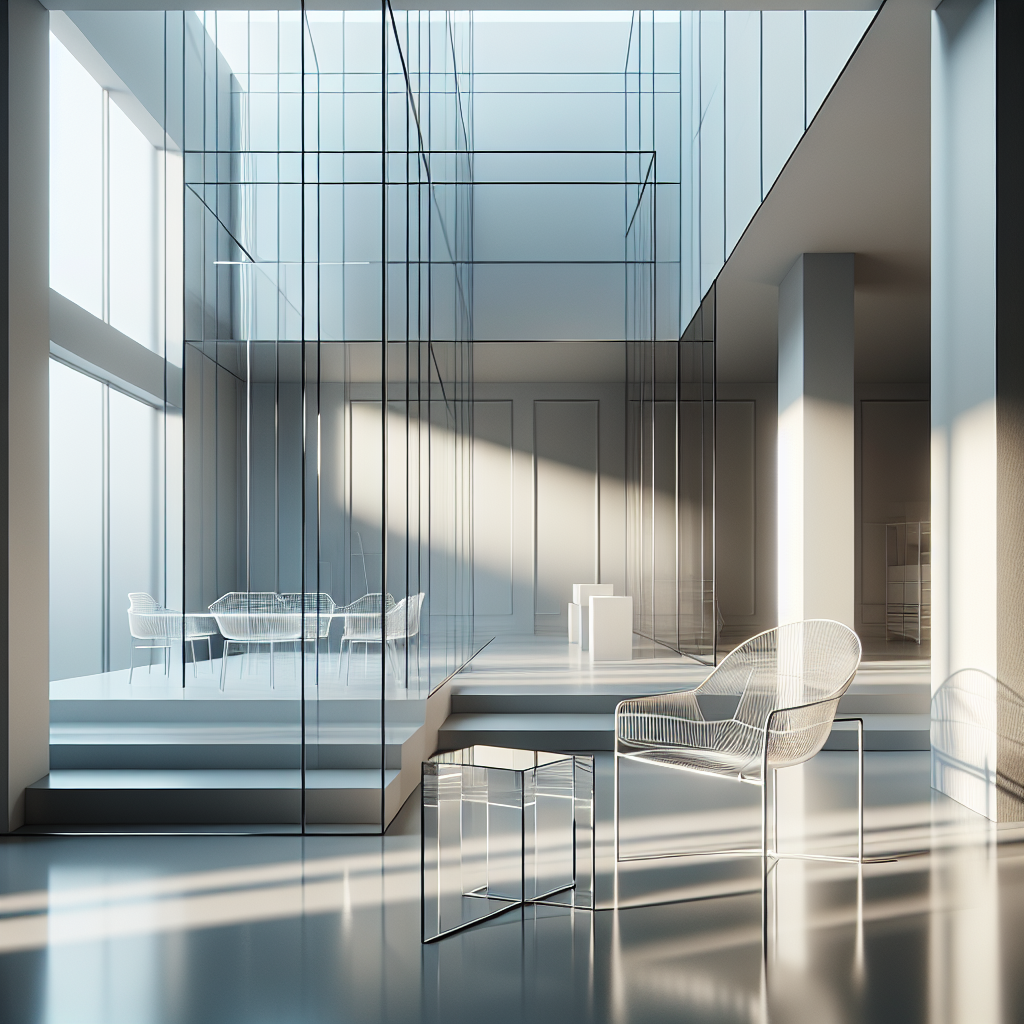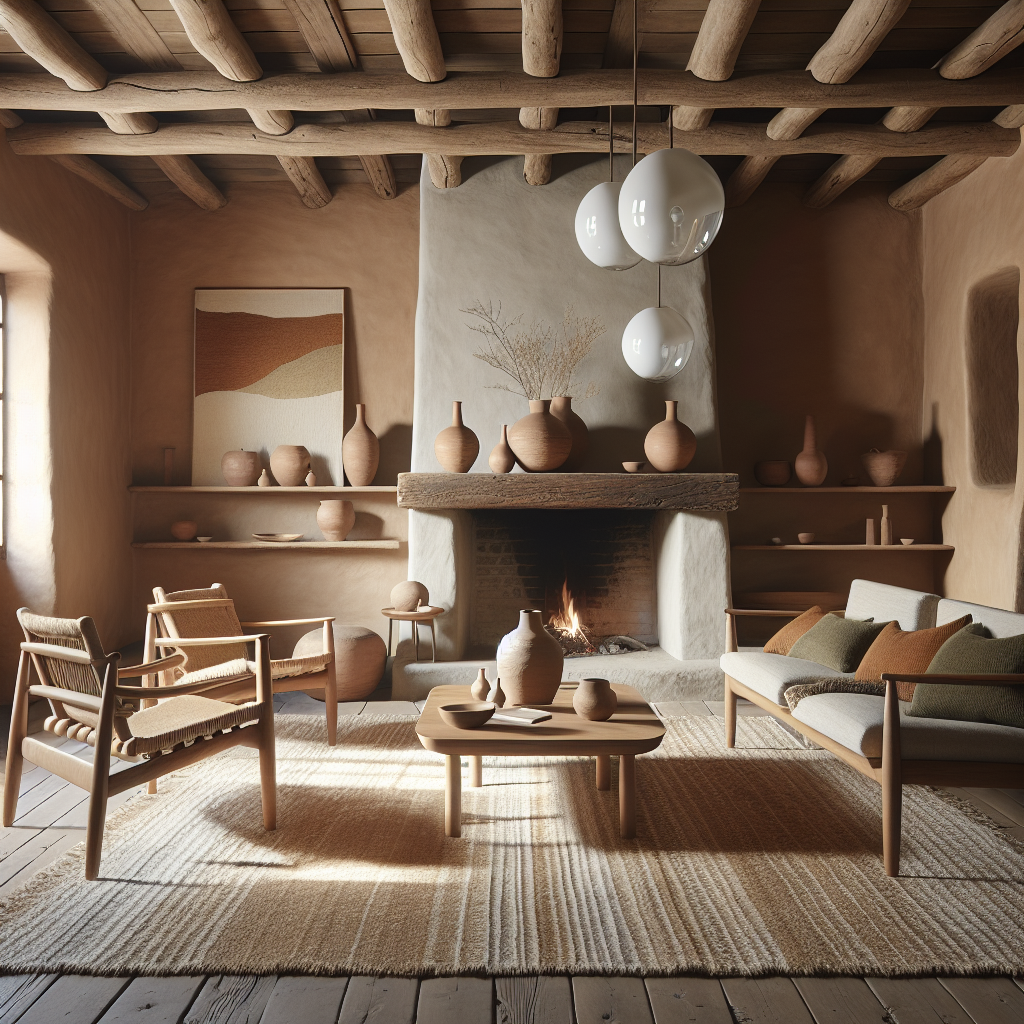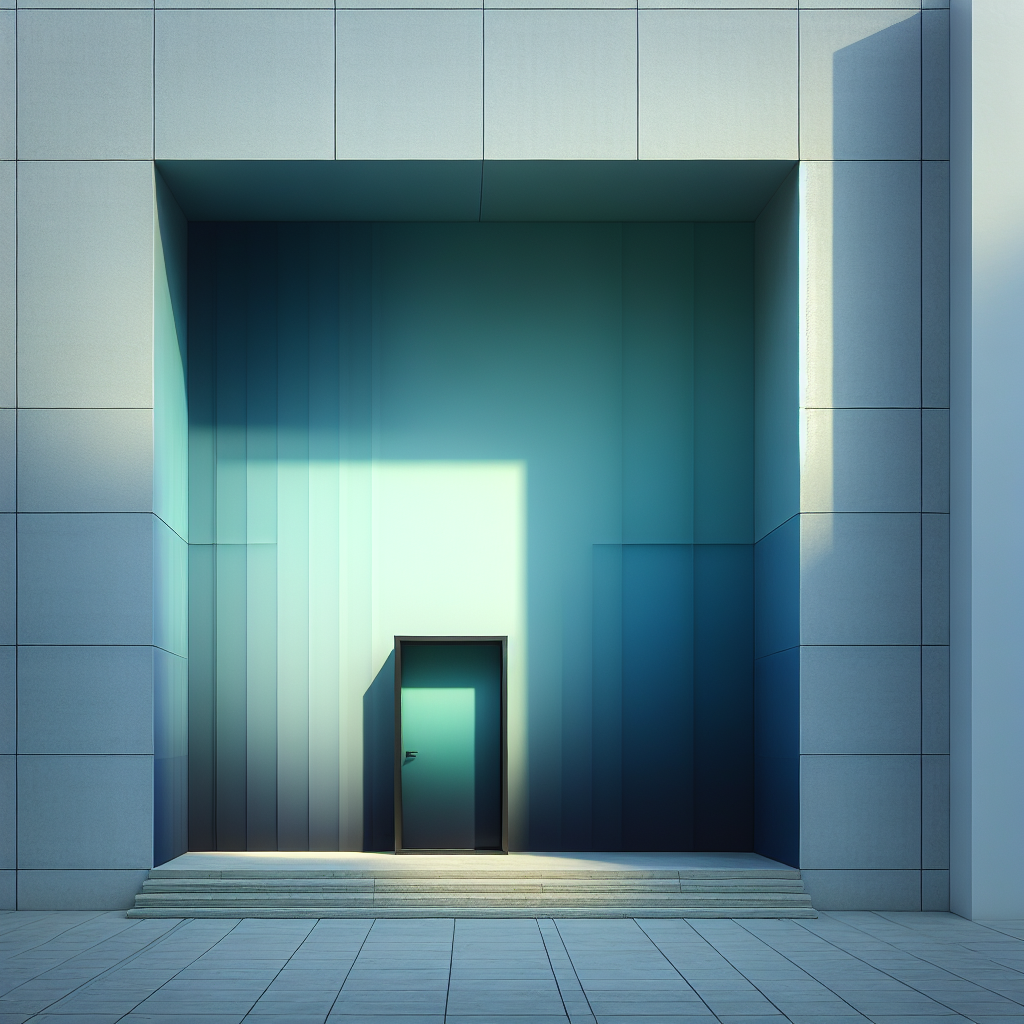Digital illusions exploring: negative space furniture that highlights emptiness
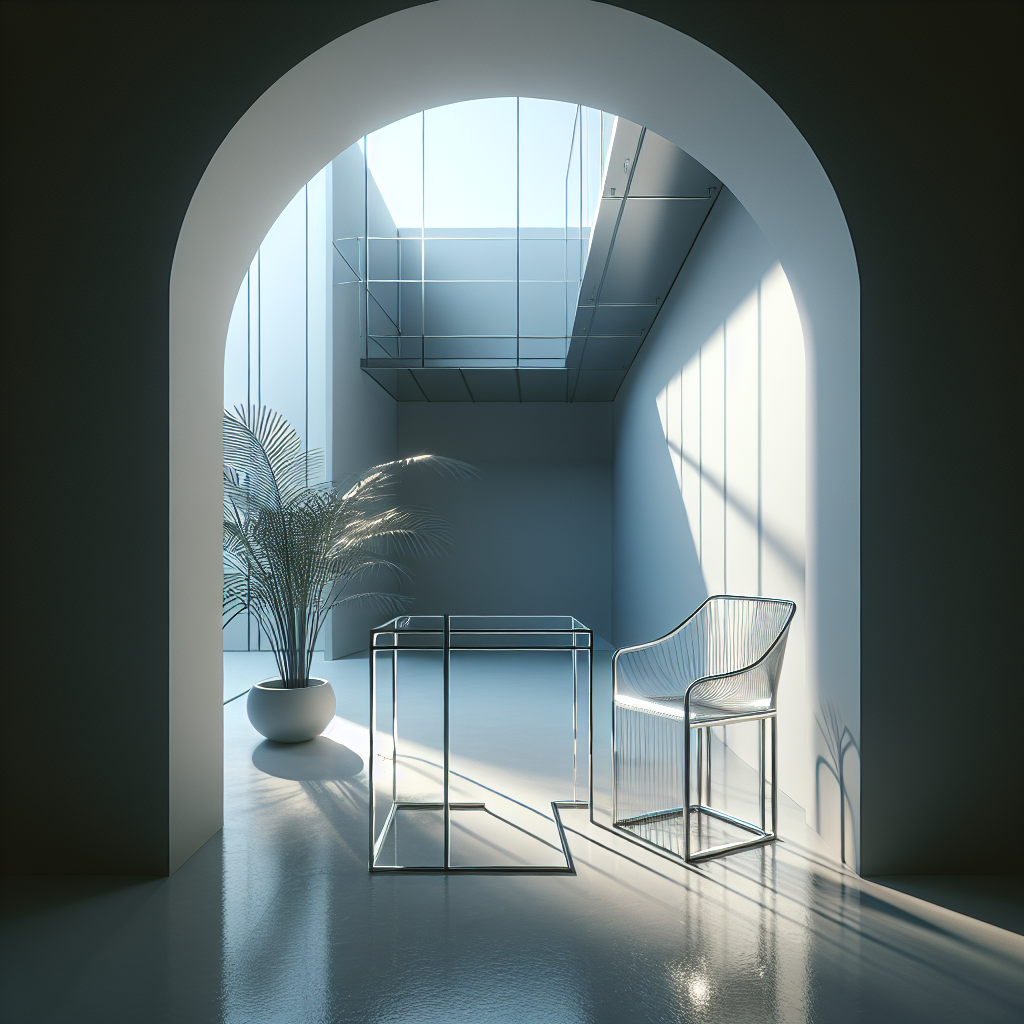
Digital Illusions Exploring: Negative Space Furniture That Highlights Emptiness
In the evolving landscape of contemporary design, where digital tools blur the boundaries between the tangible and the virtual, a new aesthetic frontier has emerged—negative space furniture. This movement, rooted in both minimalism and digital experimentation, challenges the traditional notion of form by celebrating what is not there. In a world increasingly saturated with visual and material excess, these designs offer a radical proposition: that emptiness itself can be the most powerful element in a room.
The Philosophy of Absence
Negative space, a concept long revered in visual arts and architecture, refers to the area surrounding and between objects. In furniture design, it transforms into a spatial dialogue—an interplay between mass and void, substance and suggestion. This approach echoes the Japanese aesthetic of ma, which values the interval or pause as much as the object itself. Designers today reinterpret this principle through digital fabrication, algorithmic modeling, and augmented visualization, creating pieces that appear to float, dissolve, or vanish depending on one’s perspective.
These works are not simply minimalist. They are conceptual provocations that invite users to engage with absence as a material. As the architect Tadao Ando once observed, “The space within becomes the reality of the building.” In the same way, negative space furniture makes the air around it the true protagonist of the design.
Digital Tools Shaping the Invisible
The rise of digital fabrication and parametric modeling has given designers unprecedented control over voids and contours. Using software like Rhino and Grasshopper, creators sculpt the immaterial with mathematical precision. This digital craftsmanship recalls the innovations explored in virtual reality in architecture, where designers manipulate perception to test how light, shadow, and emptiness interact in real time.
Take, for instance, the work of Dutch designer Joris Laarman, whose algorithmically generated chairs seem to dissolve into air, or the ethereal metal lattices of Nendo, which define space through suggestion rather than solidity. These pieces, often produced via 3D printing or CNC milling, rely on advanced computational logic to achieve structural integrity while maintaining a visual lightness that borders on illusion.
Digital design has also allowed for the exploration of optical illusions in furniture—objects that shift appearance depending on angle or lighting. Some designers employ moiré patterns or transparent materials to create the impression of motion or depth where none exists. The result is a kind of digital surrealism: furniture that seems to breathe, bend, or disappear.
Emptiness as Luxury
In the high-end design market, emptiness has become a new form of opulence. Where traditional luxury once meant abundance—of materials, ornamentation, or scale—today’s elite interiors increasingly value restraint and spatial purity. The absence of clutter, both physical and visual, signals sophistication and control. This shift parallels the rise of minimalist interiors seen in the work of John Pawson and Vincent Van Duysen, where the interplay of light and void defines the atmosphere more than any decorative element.
Negative space furniture fits seamlessly into this aesthetic. A dining table framed only by a skeletal outline, a chair defined by shadows rather than surfaces—these pieces command attention precisely because they refuse to fill the room. They invite contemplation, slowing the pace of perception in an age of constant visual noise. As seen in the Shaker-inspired minimalist revival, the pursuit of purity and silence in design has evolved from asceticism into a form of cultural refinement.
Material Transparency and the Play of Light
One of the most striking aspects of negative space furniture is its relationship with light. Designers often employ transparent or reflective materials—acrylic, glass, resin, or polished metal—to amplify the illusion of absence. These materials act as conduits for light, transforming furniture into instruments of spatial choreography. A clear acrylic console table, for example, may seem to vanish under sunlight, leaving only the objects placed upon it suspended in midair.
This fascination with transparency echoes broader architectural trends, such as those discussed in the power of transparency in modern furniture and lighting design. In both architecture and furniture, the manipulation of light and reflection becomes a means of redefining boundaries—between object and environment, between what is seen and what is sensed.
Designers like Tokujin Yoshioka and Sabine Marcelis have mastered this interplay. Yoshioka’s “Ghost” chair, made entirely of transparent polycarbonate, seems to dematerialize in certain lighting conditions, while Marcelis’s resin pieces capture light as if it were a tangible substance. Their works exemplify how negative space can be both poetic and technological, merging the ephemeral with the engineered.
Psychological and Spatial Resonance
Beyond aesthetics, negative space furniture has profound psychological implications. Studies in environmental psychology suggest that open, uncluttered spaces can reduce stress and enhance cognitive clarity. The deliberate use of emptiness in interiors encourages mindfulness, inviting occupants to pause and breathe. This aligns with the principles of biophilic design, which emphasizes the restorative power of simplicity and natural balance.
In a world dominated by overstimulation—digital screens, constant notifications, and visual saturation—designs that foreground emptiness offer a counterbalance. They remind us that silence, both visual and spatial, is not a void to be filled but a medium through which meaning emerges. This philosophy resonates deeply with contemporary movements in wellness architecture and slow living, where the quality of space is measured not by what it contains but by how it feels.
Case Studies: From Concept to Experience
Recent exhibitions at Milan Design Week and Design Miami have showcased a growing number of designers exploring this aesthetic. The Italian studio Calvi Brambilla presented a collection of “suspended” furniture, where thin steel frames outline the shape of conventional pieces but leave their interiors empty. The result is a series of ghostly silhouettes that redefine presence through absence.
Similarly, London-based designer Paul Cocksedge’s “Coalescence” installation transformed recycled materials into hovering forms that cast intricate shadows—turning negative space into a dynamic visual performance. These projects highlight how digital design and material innovation converge to create experiences that are as much about perception as they are about function.
Even in residential interiors, this philosophy is gaining traction. High-end apartments in Tokyo, Copenhagen, and New York now feature living rooms where a single sculptural frame replaces a traditional sofa, or where shelving systems appear to float without visible support. These spaces embody a new kind of digital serenity—one that acknowledges technology’s role in shaping our sense of emptiness.
The Future of Emptiness
As the boundaries between physical and digital design continue to blur, negative space furniture may become a defining language of the post-material age. With advances in augmented reality and holographic projection, designers are beginning to experiment with hybrid furnishings that exist partly in the virtual realm. Imagine a chair whose contours are projected light, or a table whose surface materializes only when touched. These digital illusions extend the concept of negative space into new dimensions—where absence is not just visual but interactive.
In this context, emptiness becomes not a lack but a canvas for imagination. It is the architecture of possibility, a space where technology and philosophy converge. The next generation of designers will likely continue to explore this threshold, crafting objects that challenge our understanding of what it means to occupy space.
Ultimately, negative space furniture is more than a trend—it is a meditation on perception, materiality, and the digital condition. By highlighting emptiness, these designs remind us that in the pursuit of innovation, sometimes the most radical gesture is to remove rather than to add.
Keywords: negative space furniture, digital illusions, minimalist design, transparency in furniture, digital fabrication, modern interior design trends, spatial perception, architectural minimalism.
